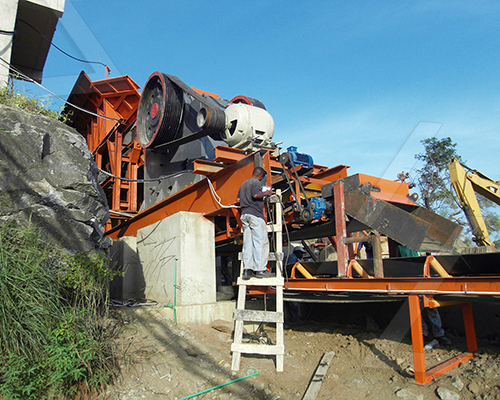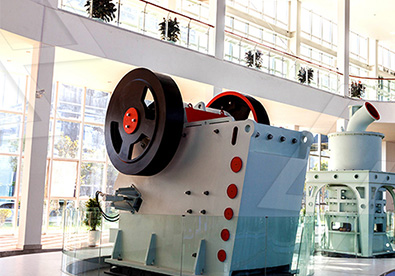Here’s an overview of a coal crushing production line in Mongolia, including key components, processes, and considerations:
—
1. Overview of Mongolia’s Coal Industry
– Mongolia is rich in coal resources, with major deposits like Tavan Tolgoi (coking coal) and Baganuur (thermal coal).
– Coal is a critical export commodity (especially to China) and a domestic energy source.
– Crushing is essential for preparing coal for transport, washing, or direct combustion.
—
2. Coal Crushing Production Line Components
A typical production line includes:
 # (1) Feeding System
# (1) Feeding System
– Vibrating Feeder: Ensures uniform coal supply to the crusher.
– Hopper: Stores raw coal before processing.
# (2) Primary Crushing
– Jaw Crusher or Rotary Breaker: Breaks large coal lumps (≤1.5m) into smaller pieces (≤200mm).
– *Mongolia’s harsh climate* may require rugged, cold-resistant equipment.
# (3) Secondary Crushing
– Impact Crusher or Hammer Crusher: Further reduces coal to ≤50mm for washing or direct sale.
– Roll Crusher: Used for softer coals to minimize fines.
# (4) Screening
– Vibrating Screen: Separates crushed coal into sizes (e.g., 0-10mm, 10-30mm, 30-50mm).
– Oversized material is recycled to the crusher.
# (5) Conveying System
– Belt Conveyors: Transport coal b een stages (dust-proof designs recommended for dry regions).
een stages (dust-proof designs recommended for dry regions).
# (6) Dust Control
– Dust Suppression Systems (water sprays, bag filters): Critical in Mongolia’s arid climate to meet environmental standards.
—
3. Key Considerations for Mongolia
# (1) Climate Adaptations
– Extreme temperatures (−40°C winter, +40°C summer): Equipment must be winterized (heated lubricants, insulated enclosures).
– Dust storms: Enclosed conveyors and shelters may be needed.
# (2) Logistics & Infrastructure
– Remote mining sites: Mobile or modular crushing plants can reduce transport costs.
– Export-focused lines: Crushed coal often loaded directly onto trucks/trains bound for China.
# (3) Environmental Compliance
– Mongolia enforces air quality laws (e.g., dust emissions). Wet crushing or enclosed




